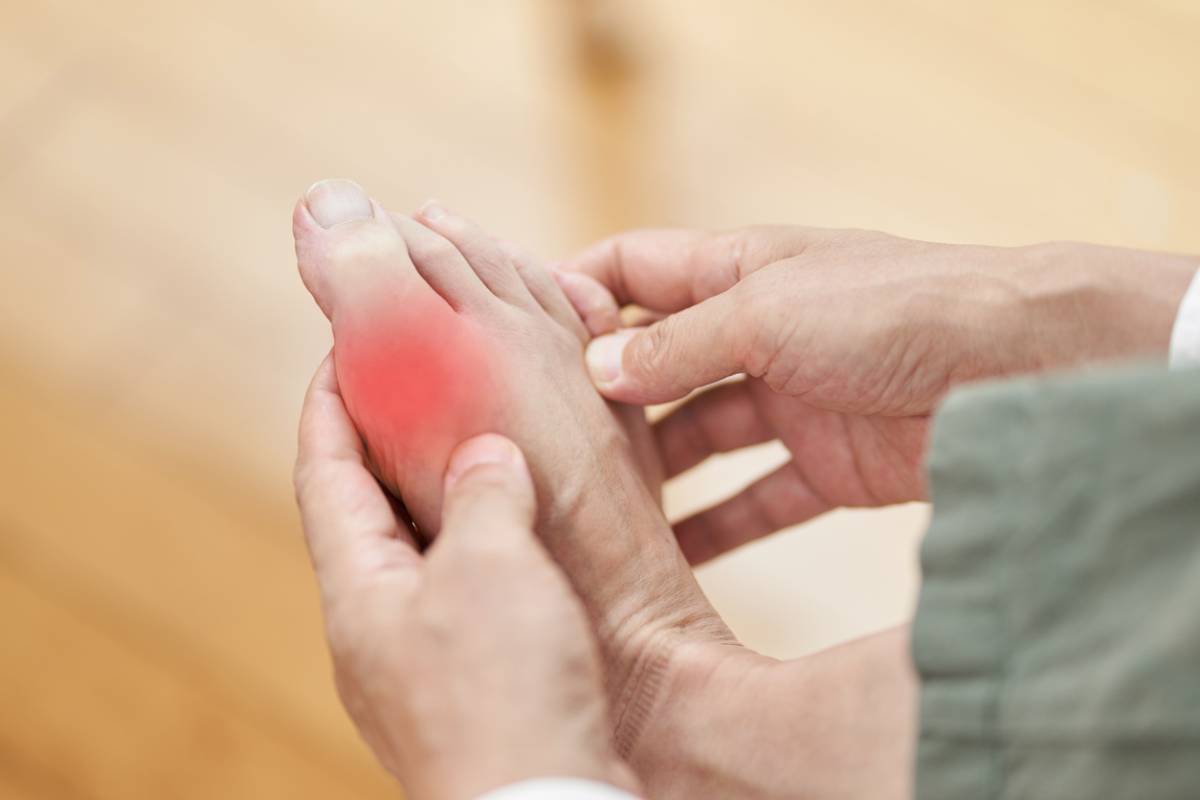Hammer toe is a common condition that can be really painful. It occurs when your toe bends downward at the middle joint. The bend causes it to look like a hammer. It can impact one or more of your toes and come with unwanted symptoms and cause difficulty finding shoes that you can wear. Below you will find the common risk factors for hammer toe.
Risk Factors for Hammer Toe
There are a number of factors that can increase your risk for hammer toe. Consider the following so you can take preventative measures to reduce your risk for the condition.
- Toe Length: The length of your toes can increase your risk for the condition. If your second toe is longer than your first toe, it can create an imbalance that leads to unnecessary pressure on it.
- Age: The natural aging process can put wear and tear on your toes. The muscles and ligaments in your feet can weaken and lose flexibility as you age. This can result in a higher risk for hammer toe as you age.
- Gender: Women are more likely than men to develop hammer toe. This is because women tend to wear shoes that impact their feet and toes more. High heels and shoes with pointed toes can increase your risk for hammer toe.
- Certain Diseases: Certain diseases can make you more prone to developing hammer toe. Diseases such as arthritis and diabetes can both increase your risk for hammer toe.
- Family History: Similar to other medical conditions, your family history can increase your risk for the condition. Genetic predispositions and certain foot structures can result in hammer toe.
Preventative Measures
If you are at a higher risk for hammer toe, it’s important to take preventative measures. Consider the following tips to reduce your risk for the condition.
- Consider Your Footwear: Wear shoes that fit and have enough room for your toes to move around freely. It can be beneficial to try on shoes at the end of the day as that is when your feet are the largest (due to swelling). Consider shoes that have adjustable straps or laces so you can adjust them throughout the day.
- Avoid Certain Shoes: Avoid wearing high heels or shoes with a pointed toe. These can dramatically increase your risk for hammer toe and should be avoided.
- Consider Custom Orthotics: Custom orthotics are made specifically for you. They can help distribute pressure evenly across your foot. This is helpful as excess pressure on your toes can increase your risk for hammer toe.
- Maintain Your Weight: Excess weight can put a lot of pressure on your feet and toes. Because the imbalance and excess pressure can negatively impact your toes, it’s important to manage your weight.
- Take Sitting Breaks: Avoid standing for too long, as this can put a lot of pressure on your feet and toes. Take sitting breaks as needed to avoid putting too much pressure on your toes.
Treatment for Hammer Toe
If you think you may have a hammer toe, contact a foot health specialist right away. They can help diagnose and treat the issue. Treatment for hammertoe can be different depending on the severity of the condition. Mild cases can often be addressed with conservative treatments, such as padding, strapping, or even changing your footwear. However, more severe cases may require surgical intervention.
The most important step to take is to schedule an appointment, as early intervention can result in a better outcome. The team at Foot & Ankle Concepts, Inc. is skilled and experienced in treating hammer toe. They have helped countless patients address the issue and restore the full function of their feet. Contact their team today to schedule an appointment!


